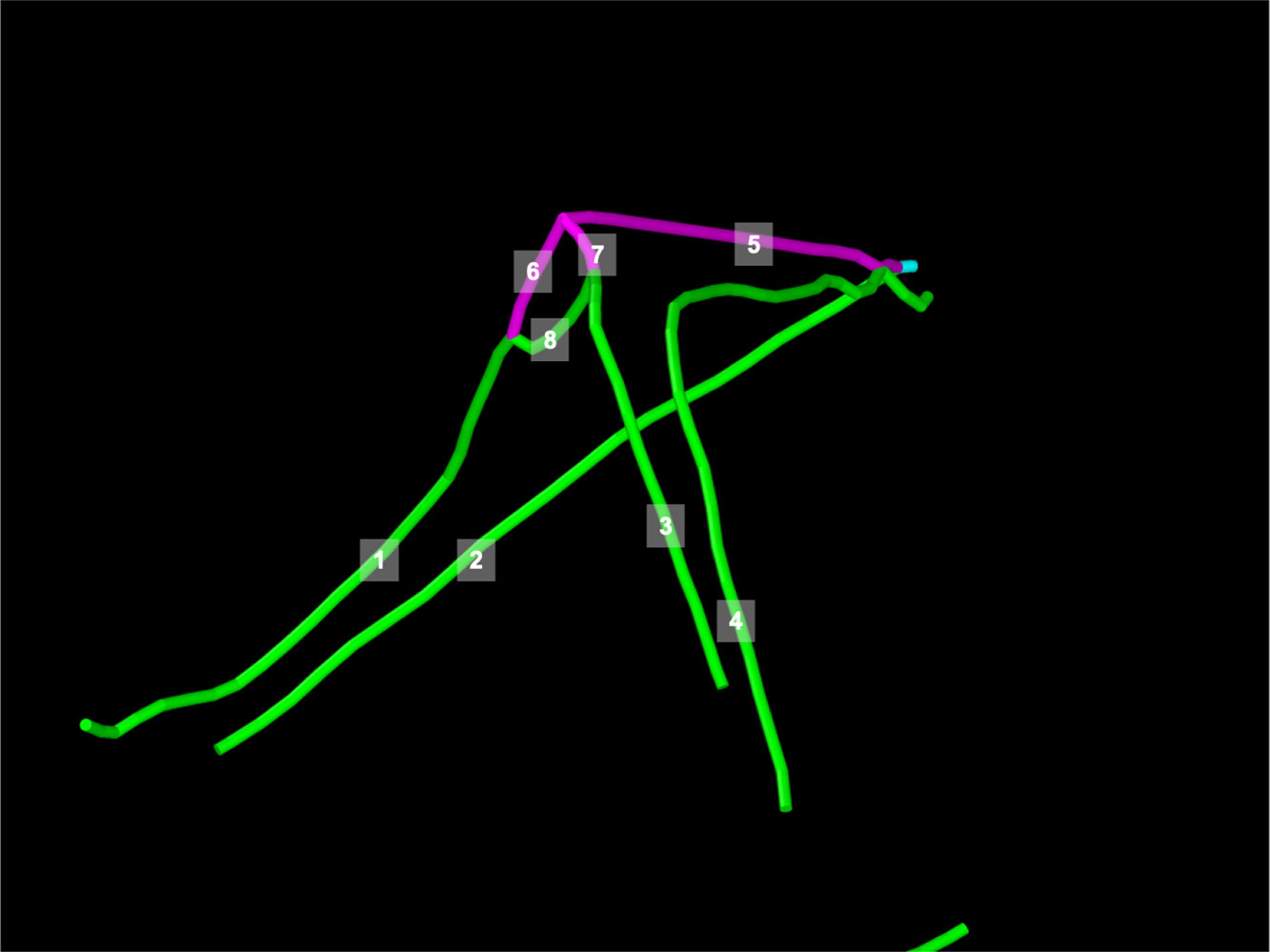Network aspects of single crystal plasticity
Published in Journal of Materials Research and Technology, 2025

Abstract: Recent Molecular Dynamics and Discrete Dislocation Dynamics simulations of single crystal plasticity are reviewed with an eye on behaviors and mechanisms attributed to dislocation connectedness into a network. Simulations reveal that network nodes do not necessarily limit mobility of networked dislocations, but may instead facilitate faster dislocation motion or even enable coordinated cross-slip of non-screw dislocations at network nodes. Evidence is presented for the existence of asymptotic states of steady flow in which single crystals can be maintained indefinitely, for as long as deformation conditions remain unchanged. Difficult to observe experimentally, such asymptotic flow states offer a conceptually simple interpretation of staged hardening as a transient towards an attractor crystal orientation. Depending on deformation geometry, the space of crystal orientations partitions into patches, each patch centered around an attractor orientation serving as a orientation flow sink. Dimensional arguments are used to derive a simple kinetic equation for dislocation density evolution in which Taylor hardening emerges as a stationary condition for asymptotic steady flow. Simulation data lends strong support for universality of the Taylor hardening condition in steady plastic flow.
Recommended citation: Bulatov, V. V., Bertin, N., Aubry, S., Zepeda-Ruiz, L. A., Zhou, X., Liang, A., Oppelstrup, T., Sadig, B. (2025) "Network aspects of single crystal plasticity." Journal of Materials Research and Technology, 36, 5611. https://doi.org/10.1016/j.jmrt.2025.04.014
